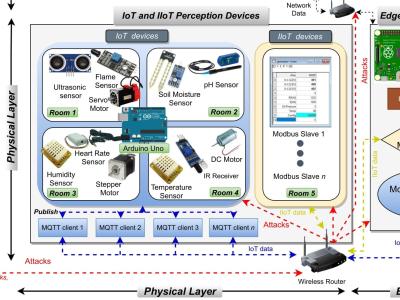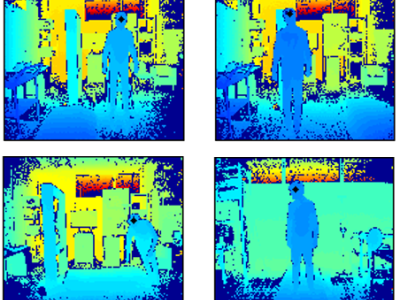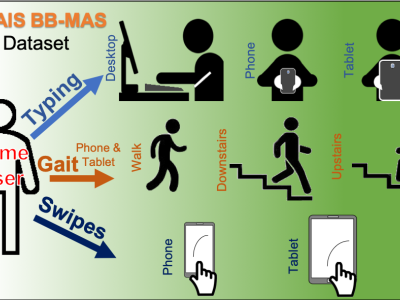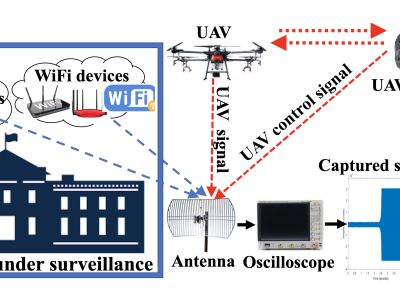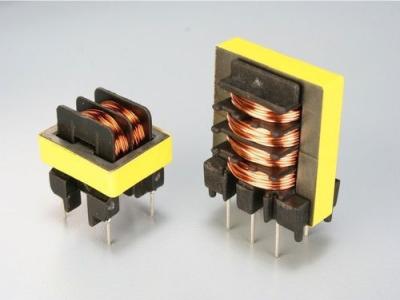MET nonlinear

- Citation Author(s):
-
ang li
- Submitted by:
- ang li
- Last updated:
- DOI:
- 10.21227/3s5r-dv54
- Data Format:
 35 views
35 views
- Categories:
- Keywords:
Abstract
This dataset comprises a collection of CSV files containing paired time-series measurements essential for nonlinear compensation research in electrochemical seismometers (MET). Each CSV file, named according to specific magnitude-frequency combinations (magX_freqY.csv), contains two columns: 'origin' representing the original system response and 'target' representing the desired compensated output. The dataset systematically captures system behavior across multiple excitation magnitudes and frequencies, providing a comprehensive basis for analyzing frequency-dependent nonlinear characteristics. These paired measurements enable researchers to develop and validate algorithms for nonlinear compensation, with particular emphasis on improving linearity across varying input conditions. The structured organization by magnitude and frequency parameters facilitates targeted analysis of system behavior under specific operating conditions, making this dataset valuable for developing advanced signal processing techniques and machine learning models aimed at enhancing measurement accuracy in sensor systems experiencing nonlinear distortion.
Instructions:
This dataset comprises a series of CSV files containing paired time-series measurements from electrochemical seismometers (MET), specifically designed for MET nonlinear compensation research. The data was acquired through precisely controlled vibration excitation experiments, systematically covering an amplitude range from 0.24 m/s² to 6.0 m/s² and a frequency range from 10Hz to 128Hz. Each CSV file is named according to specific amplitude-frequency combinations (magX_freqY.csv) and contains two columns of data: the "origin" column represents the raw output response of the MET under given amplitude and frequency conditions, while the "target" column denotes the expected output of an ideal linear system under identical conditions.
The dataset includes 25 amplitude levels and 13 frequency points, forming a comprehensive three-dimensional frequency response dataset that systematically captures the amplitude-frequency coupling nonlinear effects in MET for the first time. Each time series consists of 8,000 sampling points with a sampling rate of 2000Hz, ensuring high-precision time-domain representation. The data has been preprocessed and normalized to facilitate model training and analysis.
This dataset provides researchers with a foundation for developing advanced nonlinear compensation algorithms, particularly suitable for training and validating deep learning models such as the FRIKAN (Frequency Response-Informed Physics-Constrained KAN) network proposed in the accompanying paper. By organizing the data in a structured manner based on amplitude and frequency parameters, researchers can conduct targeted analyses of system behavior under various operating conditions, evaluate sensitivity drift, inherent frequency drift, and nonlinear suppression effects, thereby developing new methods to enhance sensor linearity and dynamic range.
The primary value of this dataset lies in its complete mapping of electrochemical sensor nonlinear characteristics, supporting high-precision frequency-domain fitting and nonlinear compensation algorithm development. It establishes a critical foundation for improving seismic data acquisition quality and enhancing the accuracy of geophysical resource exploration.


